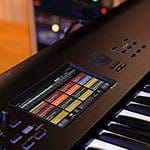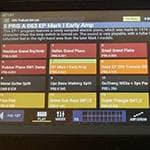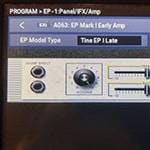■ Previous GM Sound Source Series
GM Sound Source 01: Ancient GM Sound Sources
GM Sound Source 02: Piano Category
GM Sound Source 03: Chromatic Percussion Category
GM Sound Source 04: Organ Category
GM Sound Source 05: Guitar Category
GM Sound Source 06: Bass Category
GM Sound Source 07: Orchestra Category
The ensemble category includes sounds such as strings played on violins and double basses, strings played on synthesizers, voice choruses, and orchestral hits that were popular in the 1980s.
049 Strings
A string ensemble consisting of a violin, viola, cello and double bass, with the following ranges for each instrument.
- Violin: G3-C7
- Viola: C3-C6
- Cello: C2-C5
- Double bass: E1-G3
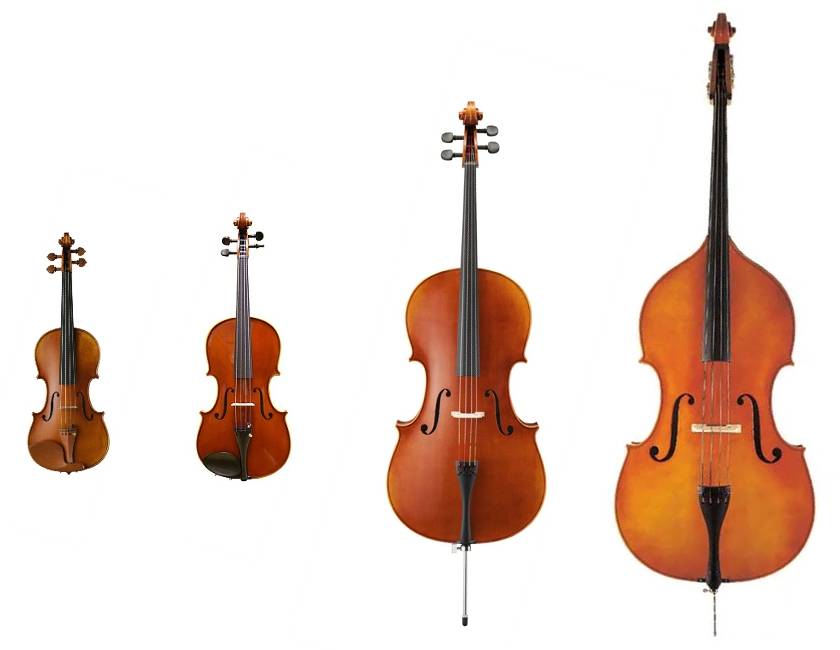
Originally, each instrument is recorded separately and then mixed together to create a string ensemble. Using this string sound, you can play each instrument simultaneously, and it is easy to create the feeling of a large ensemble, so it is a very useful sound.
049 000 Strings Range E1-C7
Monaural strings.
049 001 Orchestra Range E1-C7
Stereo strings with a wider spread.
049 002 60' Strings Range E1-C7
Rich, deep strings.
050 000 Slow Strings Range E1-C7
This is the same string ensemble as above, but with violins, violas, cellos and double basses, and the sound is slower to start. In GM sound sources, articulation is poorer than in modern sound sources, and if you want to add variation to your performance techniques, the only options are to change the timbre or process the sound. In the Ensemble category, the only string articulation is Slow, but you can also use Tremolo and Pizzicato in the Orchestra category. The GM timbre arrangement is organized by category, making it easy to find, but there are exceptions and timbre errors from time to time, so it can be a bit confusing.
051 Synth Strings
These are strings created using a synthesizer. They have a different ease of use to realistic strings. The synthesizer strings in this category are reminiscent of the polyphonic string machines used in the 1970s. In particular, the world-famous model shown in the photo is the Solina String Ensemble. Even today, the sound of this model is attractive and continues to be emulated in many software sound sources.
Solina String Ensemble
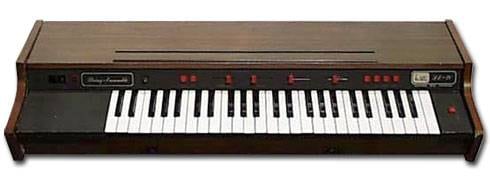
Kimi95 at it.wikipedia, CC BY 3.0 (quoted from Wikipedia)
It is a 49-key fully polyphonic synthesizer that uses a frequency division circuit, and is characterized by its chorus sound produced by BBD. At the time, monophonic synthesizers were still the norm, and it was difficult to produce chords at low cost, so fully polyphonic synthesis was achieved by devising an electrical circuit. Fully polyphonic does not mean that the number of simultaneous notes that can be played is high, but rather that if all the keys are pressed, all the notes will sound.
Also, BBD stands for Bucket Brigade Device. As the name suggests, the bucket is replaced by a capacitor, and hundreds of them are lined up. An analog signal is passed through them, and with each clock cycle, it moves on to the next capacitor. As it is an analog signal, it gradually deteriorates, but there was nothing we could do about that. This device created a chorus effect, producing a unique sound.
At the time, digital processing was expensive, so BBD elements were very popular. You can often find them in effectors from the 70s and 80s. The photo below shows the chorus circuit of an old electronic piano. The BBD element is the MN3204 from Matsushita Electronic Industrial, and it has 512 stages (capacitors). It is used in combination with the MN3102 next to it. Recently, there seems to be a trend to deliberately emulate BBDs and create an analog feel, as people dislike overly clean digital delays.

051 000 Syn.Strings1 Range E1-C7
It spreads out to the left and right, and is a beautiful-sounding synth string. It is an easy-to-use sound with few quirks.
051 001 Syn.Strings3 Range E1-C7
This one has a roughness similar to the actual Solina String Ensemble.
052 000 Syn.Strings2 Range C2-C7
Because it is a sweep sound that is unique to synthesizers, it is effective when used for longer notes.
053 Voice Sound 1
This is a tone that reproduces the human voice. Since Vocaloid appeared on the market in 2003, it has become less unusual to reproduce human voices using software, and they are continuing to evolve in a more natural direction. In the 1990s, when GM sound sources were being developed, it was not realistic to have machines sing lyrics, so the mainstream approach was to sample specific voices in the same way as instruments, and then play them back. There are several human voice sounds included in GM sound sources, but they can be broadly divided into those that are recorded and processed human voices, and those that are synthesized using a synthesizer.
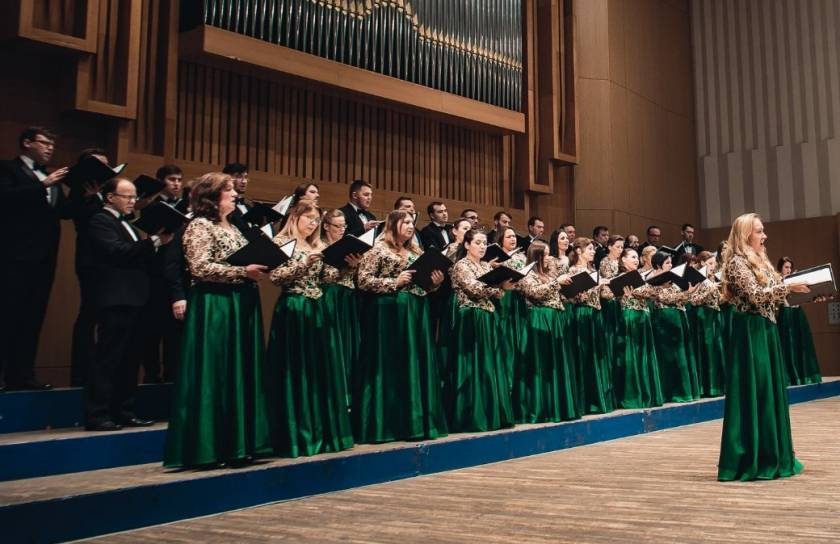
DistinctArt, CC BY-SA 4.0 (quoted from Wikipedia)
053 000 Choir Aahs Range C3-G5
This is a voice sound sampled from the sound of a person saying “Ah”. It is a sound that is easy to use as backing for epic songs, etc.
053 001 Choir Aahs 2 Range C3-G5
This is a variation on the “Ah” chorus, which has a wider range.
054 Voice Sound 2
This is also thought to be a processed tone created by sampling human voices. It is a voice sound with an emphasized attack.
054 000 Voice Oohs Range C3-G5
The “doo” chorus with an attack.
054 001 Hamming Range C3-G5
A slow attack with “doo” chorus.
055 Voice Sound 3
This is a tone that reproduces the human voice. Since Vocaloid appeared on the market in 2003, it has become less unusual to reproduce human voices using software, and they are continuing to evolve in a more natural direction. In the 1990s, when GM sound sources were being developed, it was not realistic to have machines sing lyrics, so the mainstream approach was to sample specific voices in the same way as instruments, and then play them back. There are several human voice sounds included in GM sound sources, but they can be broadly divided into those that are recorded and processed human voices, and those that are synthesized using a synthesizer.
055 000 Syn Vox Range C3-C6
The synthesized voice sound produced by the synthesizer is suitable for natural chorus.
055 001 Ana Voice Range C3-C6
A thick, slightly muddy analog synthesizer voice. It sounds like the astronaut voice used by Isao Tomita on his album “Wakusei (THE PLANETS)”. The Moog modular synthesizer in the photo below has a high degree of connection flexibility, so you can make all kinds of sounds depending on your ideas. However, it is monophonic and the parameters cannot be recorded, so I think it would have taken a lot of effort and patience to do multi-track recording with just this one machine.
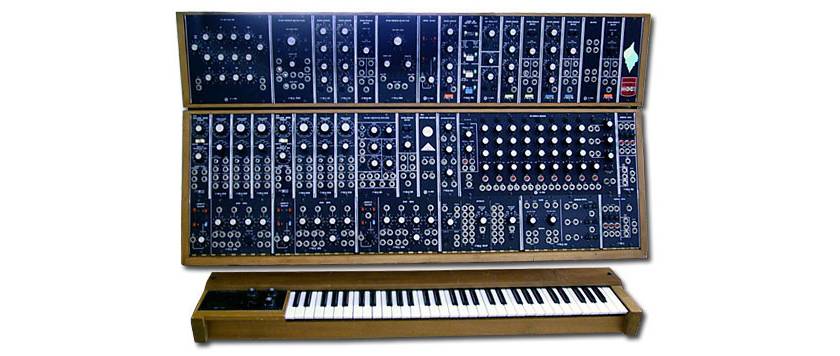
The original uploader was Kimi95 at Italian Wikipedia, CC BY 3.0 (quoted from Wikipedia)
056 Orchestral Hit
The original sound is an orchestral hit created using the Fairlight C.M.I (which cost 12 million yen at the time), which was popular in the 1980s. The revolutionary thing about it was that it took a section of an actual orchestral performance and prepared it as a preset. Preset “ORCH5” uses a section of Stravinsky's “The Firebird”, so there were some concerns about copyright, but since it was used in a big hit song and there was no fuss, it came to be used more actively. With the advent of the Fairlight C.M.I, synthesizers entered the sampling era.
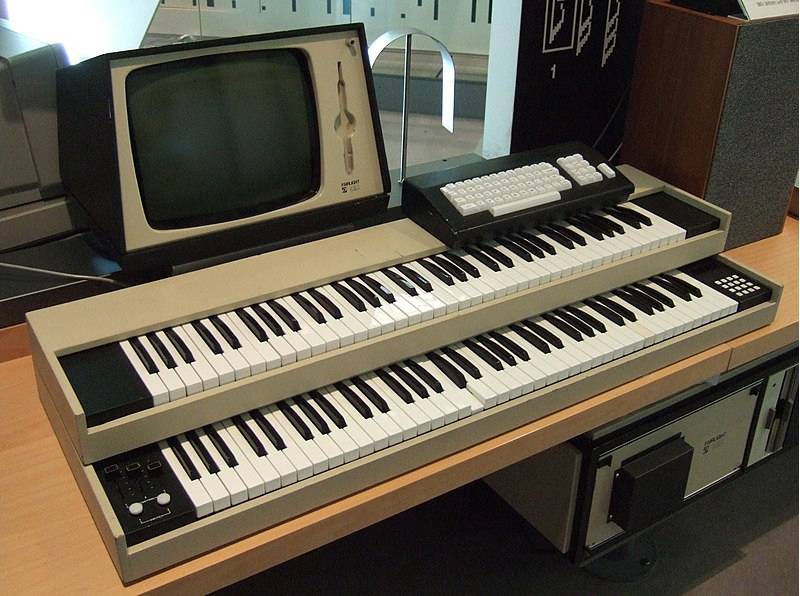
Joho345, Public domain (quoted from Wikipedia)
056 000 Orchestrahit Range C3-C5
The sound is similar to that of the Fairlight “ORCH5”. Because the constituent notes of orchestral hits are difficult to grasp, let's take a look at the frequency spectrum. The image below shows the frequency spectrum of C4. You can see that it is also being played from C2, which is two octaves lower. Basically, you can think of it as a single note with a lot of overtones, or a major chord. You need to be careful because orchestral hits are not just the notes you are playing.
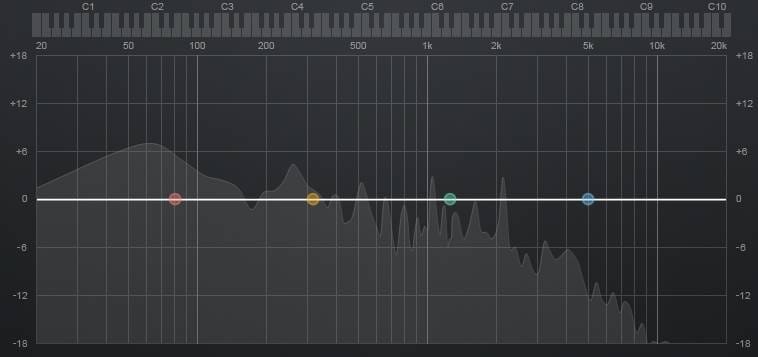
056 001 Bass Hit Range C3-C5
An orchestral hit with the base sound mixed in at 000. The base is two octaves lower than the sound played on the keyboard.
056 002 6th Hit Range C3-C5
This is an orchestral hit that includes the 6th in the 000. Yes's “Owner of a Lonely Heart” is the song that made orchestral hits famous, and I think that the sound used here is probably similar to that.
056 003 Euro Hit Range C3-C5
It sounds drier and crisper than 000.
The “sound & person” column is made up of contributions from you.
For details about contributing, click here.






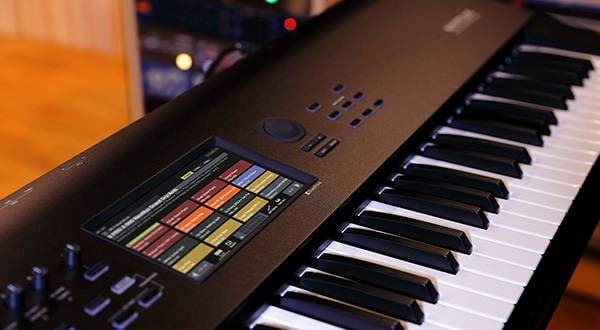
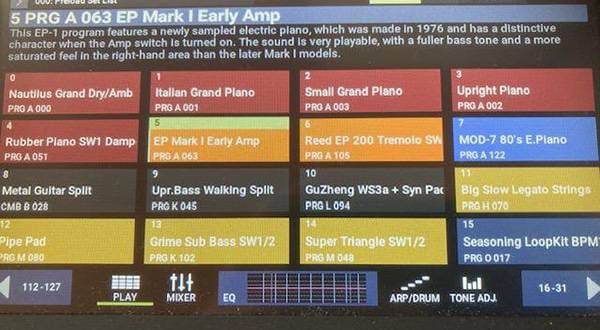

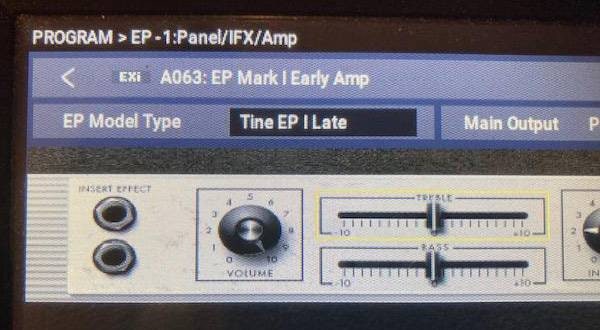

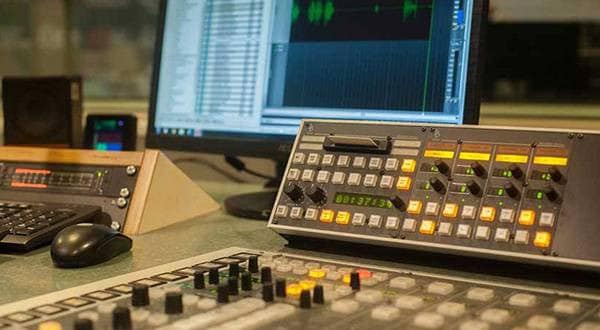
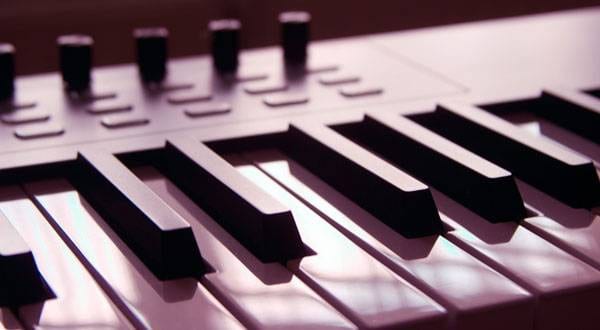


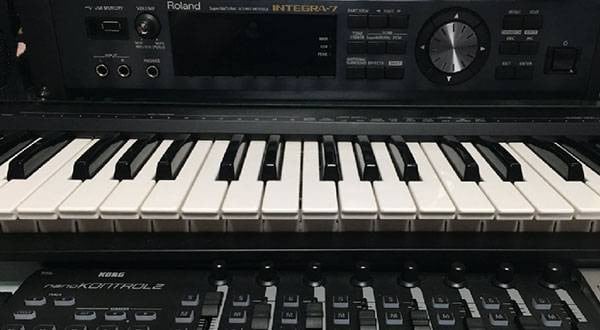

 定番DAWソフトウェア CUBASE
定番DAWソフトウェア CUBASE
 iZotopeが手がけるオールインワンDAW “Spire”
iZotopeが手がけるオールインワンDAW “Spire”
 DTMセール情報まとめ
DTMセール情報まとめ
 DTMに必要な機材
DTMに必要な機材
 UR-RT4 ソフト音源やループ素材をリアンプ
UR-RT4 ソフト音源やループ素材をリアンプ
 DTM・DAW購入ガイド
DTM・DAW購入ガイド
